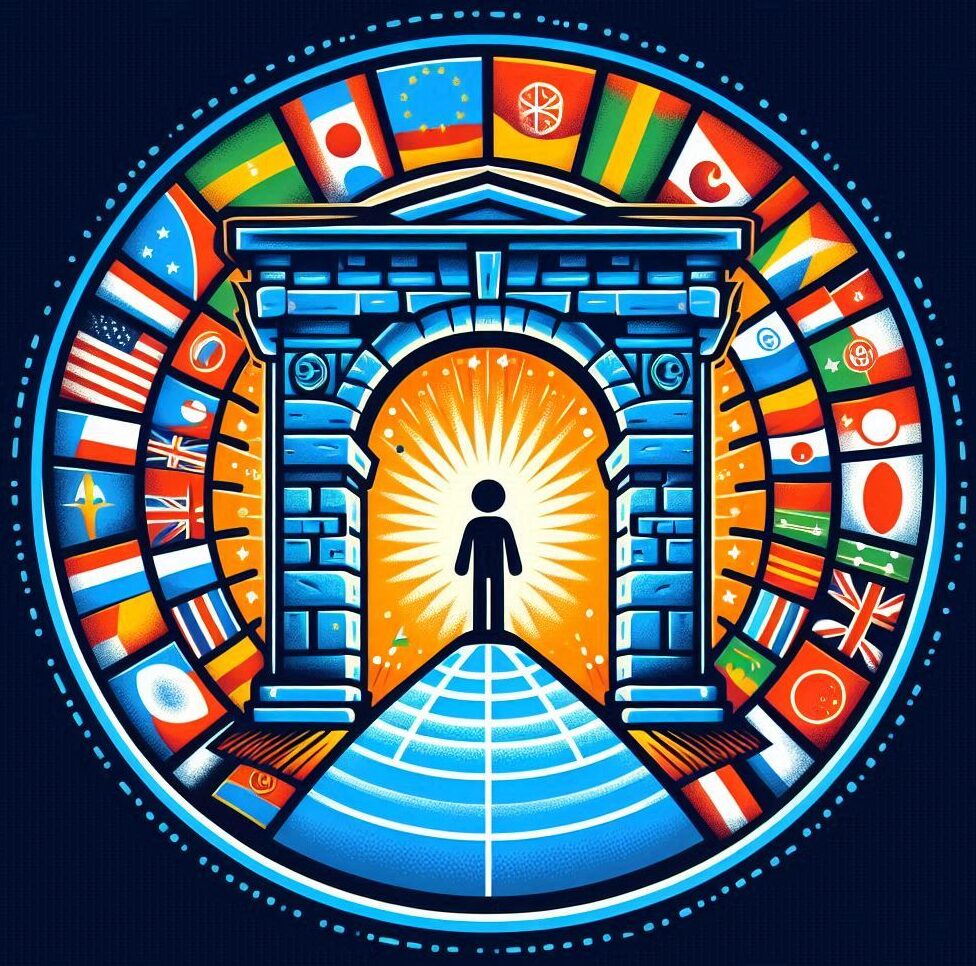
Language learning software is like having a personal tutor at your fingertips. It’s a digital tool designed to help you pick up a new language, whether you’re a total newbie or looking to fine-tune existing skills. These programs use everything from interactive quizzes to speech recognition technology to make learning engaging and effective.
So, how exactly does language learning software work? Many apps use a mix of visual, auditory, and interactive elements to replicate the experience of immersive learning. Picture yourself repeating phrases, listening to native speakers, matching pictures with words, or even having mock conversations. The goal is to make the learning process as close to natural language acquisition as possible.
When choosing language learning software, keep an eye out for some key features. User-friendly interfaces make navigation easier, voice recognition can help with pronunciation, and comprehensive lessons should cover reading, writing, speaking, and listening. Look for apps that use spaced repetition to help you retain vocabulary long-term and those that offer real-life conversations for practice.
Why go digital for language learning? The benefits are plenty! Flexibility is a big one—you can learn anytime, anywhere. Plus, the interactive tools often make the process more engaging than traditional methods. You can track your progress, set your own pace, and get immediate feedback, all of which make for a more personalized learning experience.
Top Picks for Language Learning Software in 2024
Duolingo is a fan favorite, especially if you enjoy a bit of fun while learning. Gamified lessons keep you hooked, and you can tackle everything from basic vocabulary to complex sentences. It’s great for beginners and those looking to maintain daily practice without feeling overwhelmed.
Rosetta Stone is another heavyweight in the language learning world. This software focuses on immersive learning, encouraging you to think in the language you’re learning. With speech recognition technology, it helps you get your pronunciation just right, making it a solid choice for those who want a deep dive into a new language.
Babbel offers structured, practical lessons that are perfect for anybody needing real-world language skills. The lessons are designed by language experts and focus on conversation, which means you’re learning what you’ll actually use. Great for travelers or people moving to a new country.
Memrise stands out with its real-world context and engaging video content featuring native speakers. It includes a variety of accents and speaking styles, so you’re exposed to how the language sounds in everyday life. It’s super helpful for developing listening and comprehension skills.
Busuu combines structured lessons with a strong community feel. You can get feedback from native speakers, track your progress, and even earn official language certificates. It’s more than just learning; it’s about proving your skills and getting practical experience.
Criteria for Choosing the Right Language Learning Software
- Before diving into any language learning software, it’s important to figure out your own learning style and goals. Are you looking for conversational fluency, or do you need to master grammar and writing? Your objectives will steer you towards the right app.
- Check out the range of languages offered by the software. Some apps specialize in popular languages like Spanish or French, while others might offer less common ones like Swahili or Icelandic. Make sure the language you want to learn is well-supported.
- Interactive features can make or break your learning experience. Look for software with elements like voice recognition, real-life conversation practice, and engaging quizzes. A user-friendly interface is also critical. You don’t want to waste time figuring out how to navigate the app.
- Cost is another big factor. Many of these programs offer free versions or trial periods. However, premium plans usually unlock more comprehensive lessons and tools. Consider what you’re willing to invest in your learning journey.
- User reviews and expert recommendations can give you a clearer picture of what to expect. Look for feedback on how effective the software is, how engaging the lessons are, and any potential downsides. Real-world experiences often highlight aspects you might not have considered.
Maximizing Your Language Learning Software Experience
- Setting realistic goals is key to staying motivated. Don’t aim to become fluent overnight. Break your learning down into manageable milestones. Celebrate small victories like mastering a set of vocabulary words or completing a difficult lesson.
- Consistency is crucial. Set a regular schedule for your learning sessions. Even if it’s just 15 minutes a day, that daily practice will build up over time and improve retention.
- Supplementary resources can give your learning a boost. Use language exchange platforms, watch movies, and read books in the language you’re learning. This immersion helps reinforce what you’ve learned in the app.
- Practicing with native speakers is invaluable. Many apps offer community features where you can chat or even have video calls with native speakers. This real-world practice sharpens your skills.
- Track your progress and don’t forget to celebrate your achievements. Many apps have built-in tracking tools to help you see how far you’ve come. Recognizing your progress keeps you motivated and focused on your goals.
